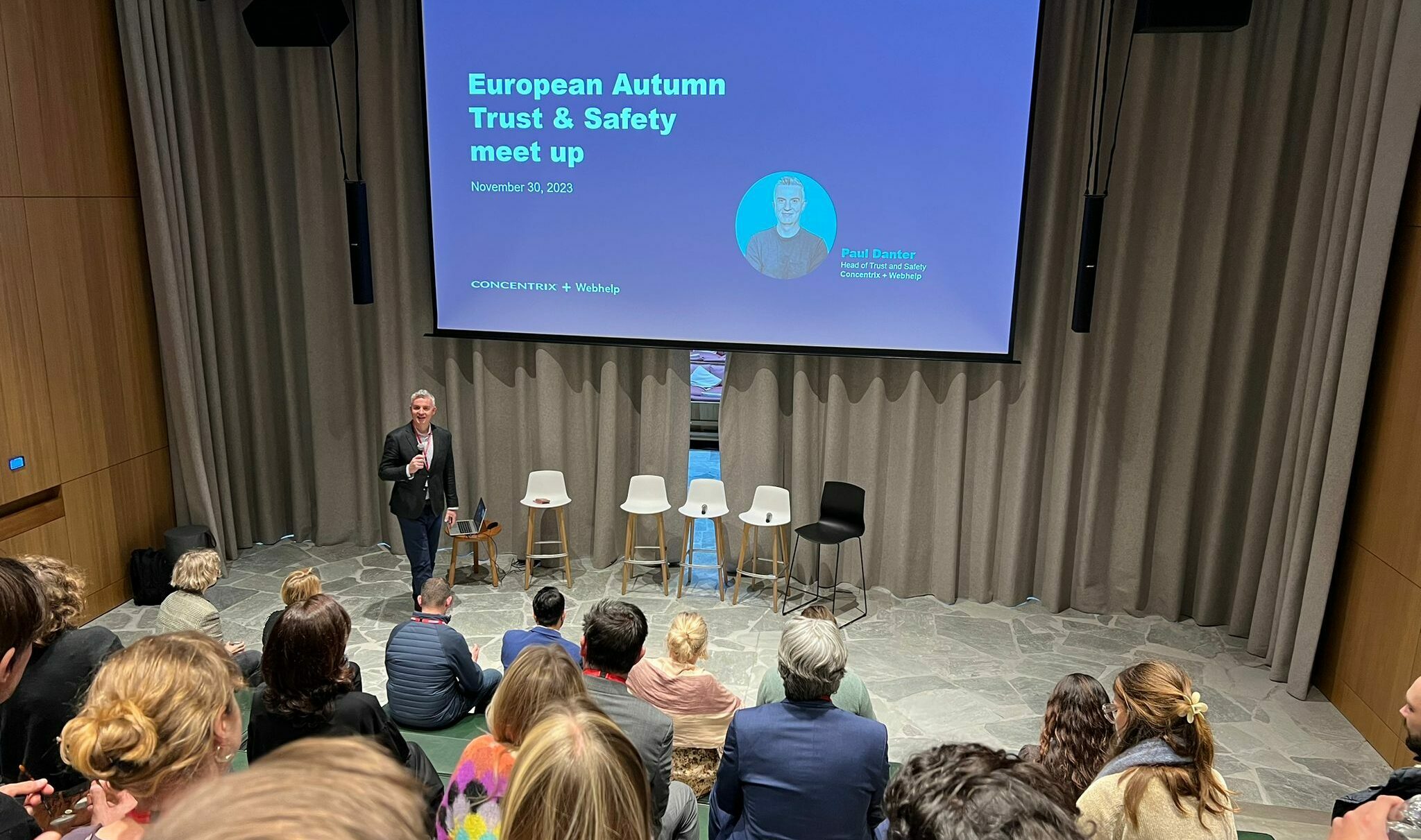I recently saw a great blog by Danielle Geoffrey, a researcher at Forrester, focused on it no longer being socially acceptable for companies to ignore social media. Of course, everyone involved in customer service has heard similar arguments, but Danielle focused on some intelligent arguments, three of which I think are extremely important.
Do you really need to engage with everyone?
Ideally you need to create a triage system for incoming social messages so they can be sorted into prioritised groups for processing. A simple example might be for messages mentioning your brand on Twitter. The messages can initially be ranked as important and the customer is influential, important and needs a reply, not important but worth a reply, ignore, and delete/block.
In general you don’t ignore social messages, but creating this kind of distinction is important because if George Clooney is tweeting that his broadband is not working then you want a response to that to be prioritised. You can plan to reply to even the unimportant messages so a dialogue is continued with customers, only ignoring the comments where a conversation has clearly ended. Where comments are abusive – haters are out there – you can use whatever facilities are available to report or block the user.
How quickly should you engage?
This is really about managing expectations. Almost no customer expects a reply within seconds from Facebook or Twitter messages, however it is also unusual to wait a day. Many times a customer will use a social network rather than calling because they are happy to fire off their query and get a response later, rather than waiting on the phone.
But the important thing to be aware of is that if you are not providing a 24/7 answering service on social channels then just ensure the customers know this. Have a sign-off that is visible at the end of the day and give hours when the team is operational in your profile.
Do you take more care on social?
Support for customers is something of a paradox on social networks. Customers expect more, yet they also expect more flexibility from a social interaction than they would get on the phone. Of course everything is recorded so any mistake by the agent can be grabbed and distributed by the customer as an example of terrible service.
You can’t tell your agents to just not make mistakes. They need to be briefed on the scope they have and then empowered to just do whatever they can to fix customer issues. Giving your agents the power to occasionally go far beyond the call of duty is also a great way to get customers sharing good news stories about your service.
These are some great tips from Forrester. Nobody can afford to ignore social customer service today, but it’s a fact that adding new channels can be a challenge. Planning to handle even just these three issues already clears much of the uncertainty.

![[Fashion] Choosing the right partners to grow your business in 2024, at a time when trust is fragile](https://media.webhelp.com/wp-content/uploads/2023/12/21090253/Office-Showcase-2.png)


